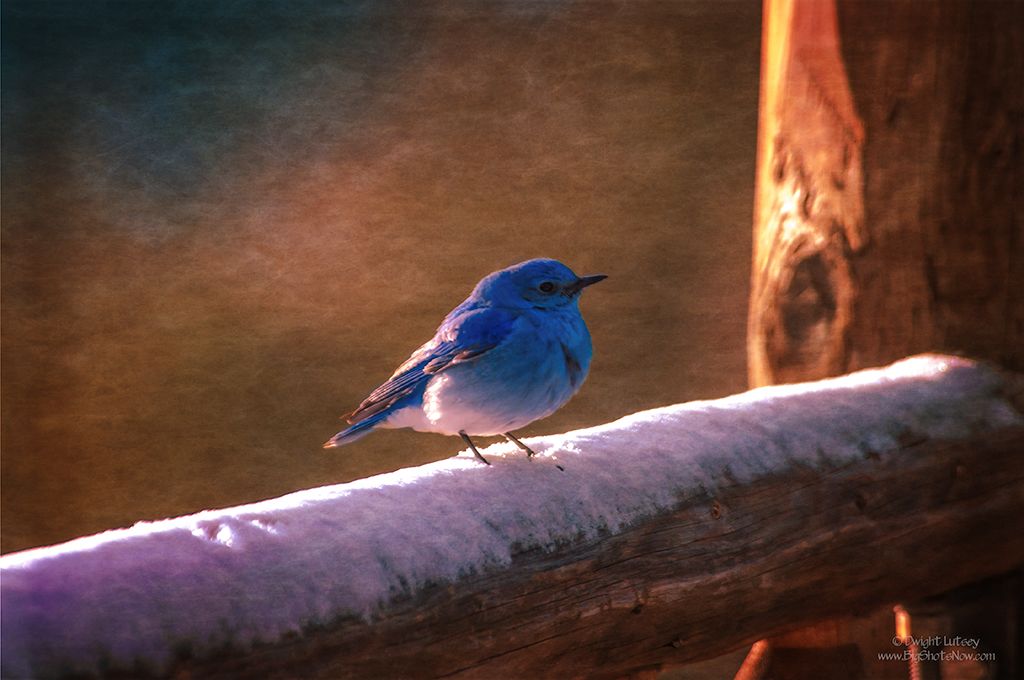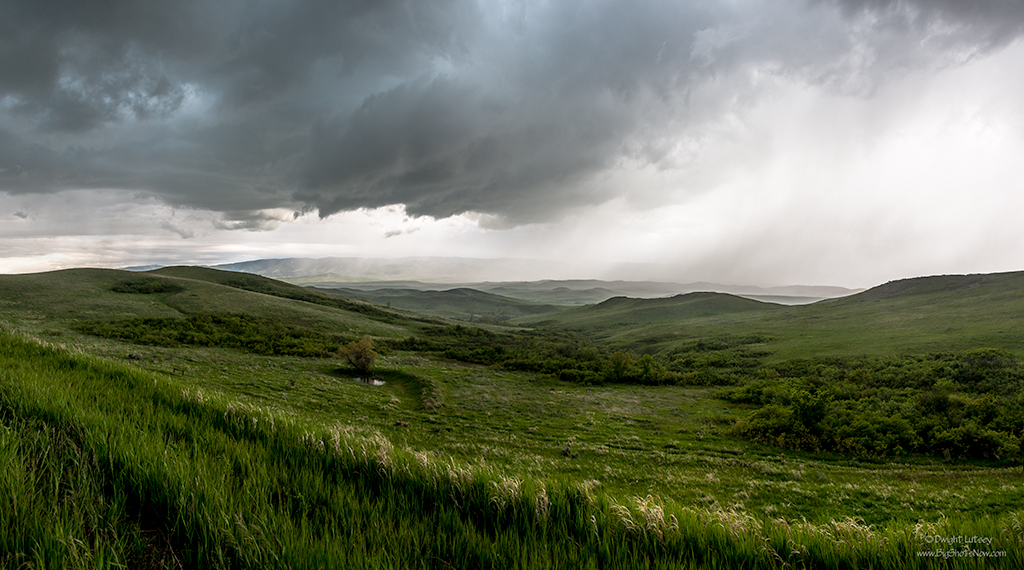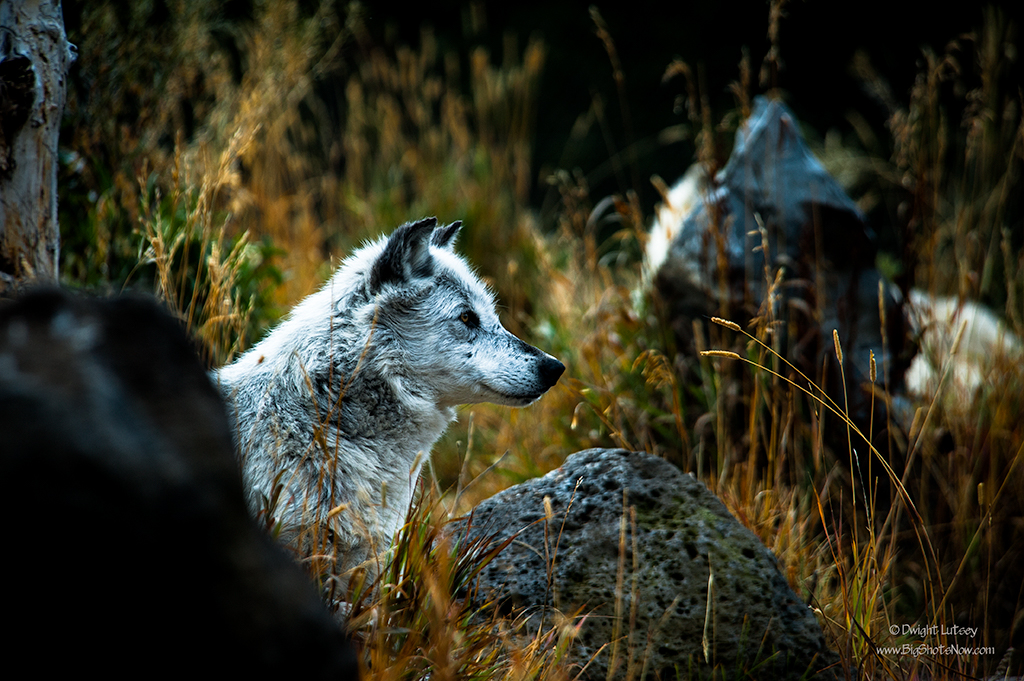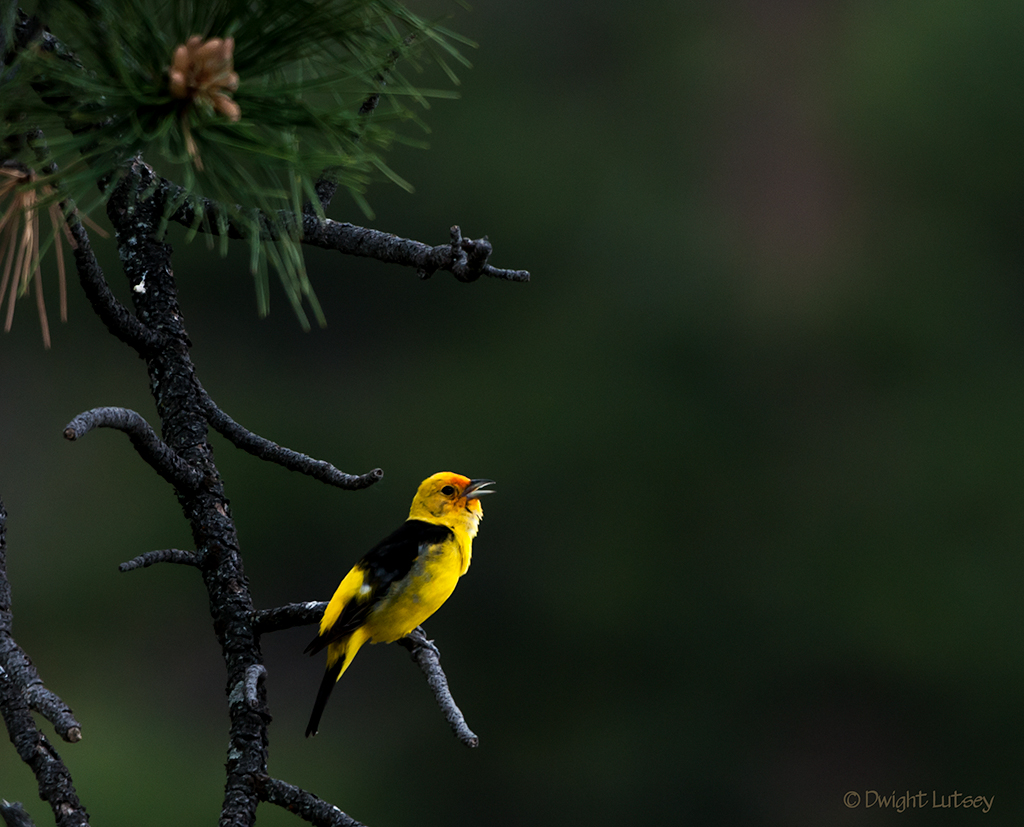March is “When The Bluebirds Get Here” month. So is February. And sometimes April if the weather has been particularly bad, but this year the month is March.
In the past we had to rely on natural migration schedules to get our quotas of Western Bluebirds. They can be in short supply due to their being the most popular of the bluebird species, and they have often been coerced into going to other states by handouts of Bluebird chow, favorable nesting sites and one state who shall remain nameless but their initials are Utah, tried to make it their state bird, thereby gathering some legal advantage of some sort. In the past we have had to offer some of our sister states to the West a premium of two Stellar Jays and a Clark’s Nutcracker to get one Western Bluebird.
As you know The institute has its own Ornithology department with trained and highly intelligent bird guys (and girls) studying birds, bird books, bird seed, bird brains, and lately bird genetics. That’s the big one. That’s the one that is going to put us on the map bird-wise. Genetics is the new thing. It’s like plastic was in the 60’s. Huge.
They found that they can yank the DNA right out of a bird, futz around with it, and stuff it back in and make big changes to how a bird works. Our problem had been that bluebirds don’t like the cold so as soon as the temp drops much below 60 degrees they haul their little feathered keesters south for the winter. That’s the problem. While they’re down there they can be swayed by any one of those unscrupulous Orno guys from other states and we lose our stock of bluebirds.
The problem was birds head south, then we lose them. Solution, and this is where genius comes into play, is we took that bluebird DNA and added a whole bunch of genetic stuff to it before we repacked it back into the bluebirds. For instance we added the anti-freeze gene to it so now our bluebirds are good down to about -126 degrees, we added a fixed route from anywhere South directly to The Institutes front door to their GPS gene, we added the Horsepucky detector gene so that they can tell when they’re being conned by those guys from Utah, and lastly we added an extra amount of Bluebird blue to their blue color gene so we now have the brightest Western bluebirds in the northern hemisphere.
Their was one more big change we are experimenting with and this is the first spring to see how our experiment worked out. We added an extra gene to the Anti-freeze gene to make a small number of bluebirds hibernational. Hibernational is a term we just made up here in our Ornithology department that means these particular bluebirds can lower their body temperatures down to the approximate temperature of one of those Big Gulp Slurpee’s you get at 7-11 and then be buried in neat rows in the snow over the winter to be ready to emerge at the first sign of Spring.
When the snow melts as it does every spring the snow bound bluebirds slowly awaken as they respond to the sun’s rays on their little beaks, and they pop up through the snow like Pasque flowers and start hanging around, getting an early start on Spring. It gives them at least a two-week head start on those Utah bluebirds so they are already hooked up with a bluebird chick, found a good nesting box, etc. and our supply of Western Bluebirds is guaranteed. Their GPS gene tells them they’re already here so they don’t take off and go cruising somewhere else so we got them locked. Our own inbred species of Western Bluebirds. Neat Right? Science is really cool.
We are photographing each of our newly altered bluebirds and tattooing an ID number on the underside of their tongues so that we can better keep track of them. Here is the first reconstituted Western Bluebird to emerge from its snow bunker. He seems in fine shape. We’ll let you know how he does in the reproduction department as the data come in. So far it looks great.






You must be logged in to post a comment.